Chinese scientists are creating technology that can make submarine travel at speed of sound
The key technology to achieve that submarines will be able to travel at supersonic speed has been around for decades. It is called supercavitation. The main idea of this technology is that we can increase the speed of an object; in this case it is a submarine, by creating a bubble around it. This reduces the drag as it moves in the water.
The design of the submarine also has to be adjusted. The nose plays a major part in creating the bubble around with a little help from a gas, which shapes the bubble. The first time, this technology was used was in 1960 and ’70 by Soviets on Shkval torpedo, which was then capable of moving around 370 kph (230mph) but no more than a few kilometers.
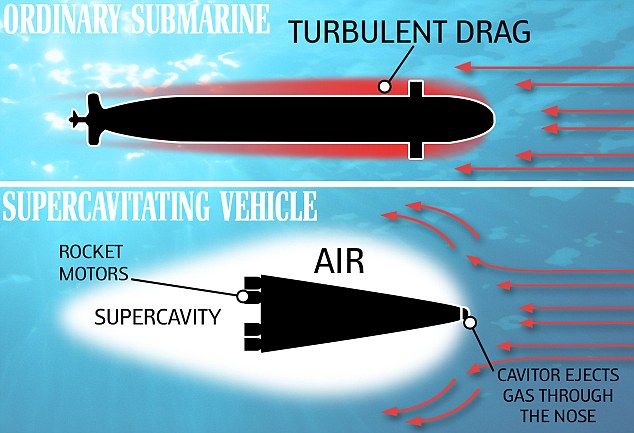
source: dailymail.co.uk
The Chinese researchers know that the concept is proven, but the major issue is with the details. However, they want to create technology that would allow submarines to travel around speed of sound, which is about 5800 km/h (3604 mph) They already told the South China Morning Post, that they have developed a liquid membrane that can solve both issues – the drag and help to get the vessel higher speed. The membrane could help with the friction which could be applied to different sides of the ship, which could create a steering effect.
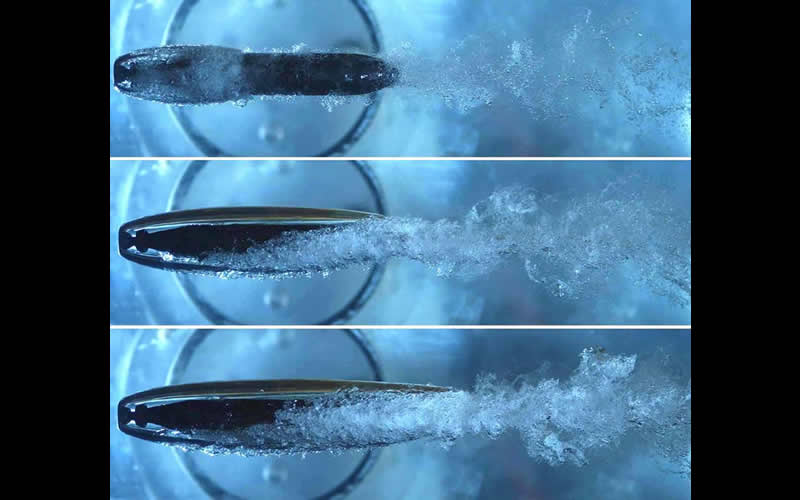
Axisymmetric ventilated supercavitation: ventilation increases and cavitation index decreases from top to bottom; source: cav.safl.umn.edu
Steering is one of the biggest challenges that have to be overcome. Traditional submarine is controlled by a rudder, similar as conventional boat. Steering a submarine which travels at supersonic speed requires having control planes to pierce the bubble, which would produce a great drag. The planes would have to be also extremely strong and durable in order to overcome the drag. This collides with another requirement – high speed which is necessary to maintain the bubble. Of course the speed depends greatly on the size and design of the vessel.
[sc:ad-text]
Even if the Chinese researchers already have made breakthroughs in supercavitation, the restrictions of standard underwater movement will hold them back, especially if they want to make real submarine.
source: scmp.com
[sc:end t=”Will Submarine be Able to Travel at Supersonic Speed? “]

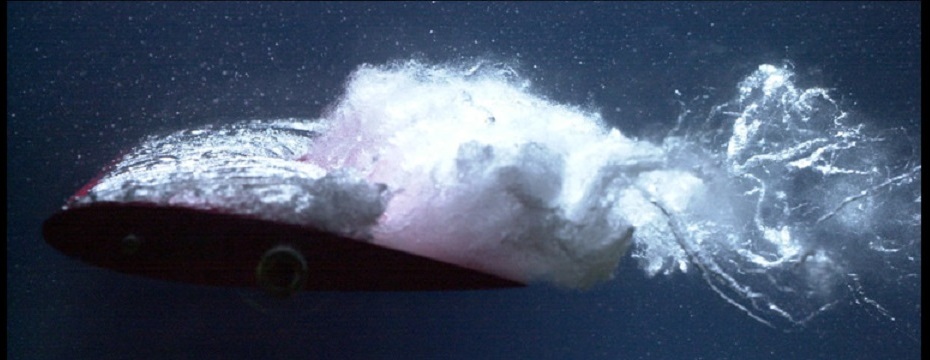


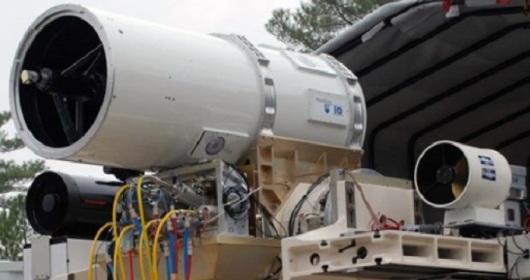

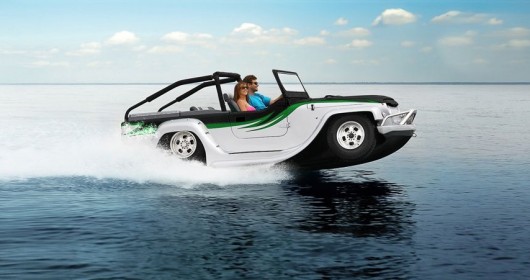

Leave a Reply